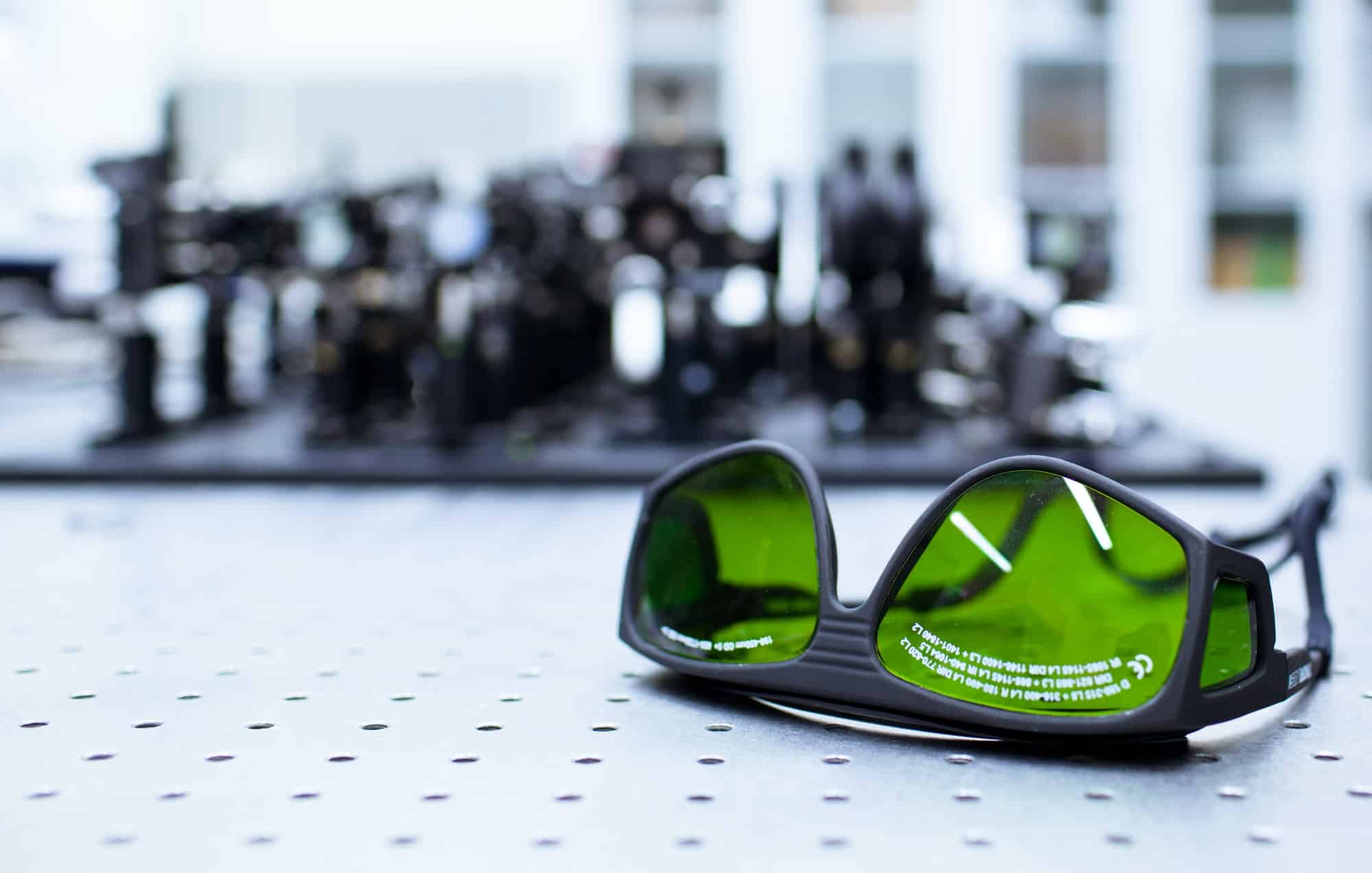From the big screen to our own pockets, the displays we interact with have seen enormous developments. The last bastion of this innovation is the Quantum Dot display, with its impressive attributes in light control, color accuracy, and energy efficiency. They are hailed as the next big thing in display technology, combining the best of OLED and LCD displays. Quantum Dots are tiny semiconducting particles that emit light of a specific color when hit by light or an electric current.
Before we delve into how this technology is revolutionizing displays across the board, let’s take a look at its predecessors and how they stack up against each other.
Also to read : Can Wearable Biosensors Advance Early Detection of Infectious Diseases?
OLED vs LCD vs MicroLED: The Display Technology Battle
OLED (Organic Light Emitting Diodes) and LCD (Liquid Crystal Display) are two of the most commonly used display technologies. OLED displays have high contrast ratios, with deep blacks and vibrant colors. They are also thinner and more flexible than LCD displays. However, they have a shorter lifespan due to the organic materials used and tend to suffer from burn-in issues.
On the other hand, LCD displays use a backlight to illuminate liquid crystals sandwiched between two glass panels. They have a longer lifespan and are less susceptible to burn-in, but they struggle with black levels and contrast ratio compared to OLEDs.
Also to discover : How Is Technology Enabling Better Management of Chronic Pain Through Biofeedback?
MicroLED is a newer technology, showcased by Samsung at CES. These displays use tiny LEDs, making them more energy-efficient and offering better contrast and color accuracy than both OLED and LCD. However, they are currently expensive to manufacture.
Now, let’s delve into the magic of quantum dots and how they are taking display technology to new heights.
Quantum Dots: A Quantum Leap for Display Technology
Quantum dots are nanoscale semiconducting particles that emit light when energized. This light can be finely tuned to emit a specific color based on the size of the quantum dot. This results in highly accurate color representation, with quantum dot displays offering a wider color gamut than their OLED and LCD counterparts.
Moreover, quantum dot displays are more energy-efficient. This is because they convert blue light from a backlight into other colors, reducing energy waste. They also do not suffer from burn-in issues like OLEDs, making them more durable in the long run.
Samsung has been a front-runner in this technology, with its QLED TVs incorporating quantum dots to produce vibrant, lifelike images. But the magic of quantum dots doesn’t stop at high-end TVs.
Quantum Dots and the Future of Displays
Quantum dot technology is not just reserved for high-end TVs. It is poised to revolutionize a variety of displays, from smartphones to billboards, offering superior color accuracy, energy efficiency, and durability.
One significant innovation is the development of electroluminescent quantum dots. Unlike traditional quantum dots that require a backlight, these dots emit light when an electric current is passed through them. This means they could potentially match the thinness and flexibility of OLED displays, while offering superior color accuracy and lifespan.
There are also promising developments in blue quantum dots. Blue is the most challenging color to produce in display technologies, but researchers are making strides in developing stable blue quantum dots. This will further enhance the color accuracy of quantum dot displays.
The Challenges and Potential of Quantum Dot Displays
Despite their potential, quantum dot displays face several challenges. The primary one is cost. Quantum dots are expensive to produce, which translates into a higher price tag for the end consumer. Furthermore, the use of toxic heavy metals in the production of quantum dots raises environmental concerns.
However, the potential of quantum dot displays is immense. With ongoing research and development, we can expect to see advancements in cost-effective and environmentally friendly quantum dot production methods.
As we look toward the horizon, there’s no doubt that quantum dots will continue to shape the future of display technology. From our living rooms to our pockets, these tiny dots promise to deliver sharper, more vivid, and more energy-efficient visuals than ever before.
Enhancing Gaming Monitors and Virtual Reality with Quantum Dots
The gaming industry is constantly seeking to improve players’ experience through more immersive and realistic visuals. Here, the Quantum Dot technology truly shines. Gaming monitors equipped with this technology can achieve a wider color gamut, displaying not only more vibrant colors but also more nuanced shades. This results in a richer, more immersive gaming experience. Similarly, Virtual Reality headsets can be enhanced with quantum dots, providing a more lifelike and captivating experience.
Furthermore, Samsung has introduced an Alienware OLED gaming monitor that takes advantage of quantum dots to enhance the picture quality. The quantum dots convert the blue light from the LED backlight into pure red and green light. This not only enhances the color accuracy but also reduces the amount of blue light exposure, which can potentially harm our eyes.
Moreover, unlike traditional LCD TVs and OLED TVs, quantum dot displays have a lower energy consumption. This is particularly important for gaming monitors, which are often used for extended periods. With Quantum Dot technology, gamers can enjoy their games without worrying about the energy bill.
However, gaming monitors and virtual reality are just the tip of the iceberg. The potential applications of quantum dots extend far beyond these. For instance, Mini LED technology, which uses thousands of tiny LEDs to light up the screen, can be enhanced with quantum dots to achieve even better color accuracy and contrast ratio. This will allow for even more lifelike and eye-catching displays.
Conclusion: Quantum Dots – The Future of Display Technology
Over the past few years, there’s no denying that display technology has seen significant strides, thanks to the advent of quantum dots. Innovations from Samsung and other giants in the industry have laid a solid foundation for the future of display technology.
However, as with any technology in its infancy, there are challenges to overcome. The cost of production and the use of heavy metals in manufacturing are among the biggest hurdles. But as research progresses and more companies invest in this technology, it’s likely that we’ll see cost-effective and environmentally responsible production methods emerge.
In the end, Quantum Dot technology, with its promise of superior color accuracy, enhanced picture quality, and lower energy consumption, is here to stay. Whether it’s your new gaming monitor, your OLED TV, or the billboard down the street, the impact of these tiny particles is apparent. The display industry is on the cusp of a quantum leap, and Quantum Dots are at the helm, promising to deliver an unparalleled viewing experience.
As we watch this space and look towards the future, one thing is clear – the days of dull and power-hungry displays are numbered. With Quantum Dots, we’re stepping into a new era of vibrant, energy-efficient, and lifelike displays. An era where every pixel is a world of color, all thanks to quantum dots. The future of display technology is not just bright, it’s quantum.






